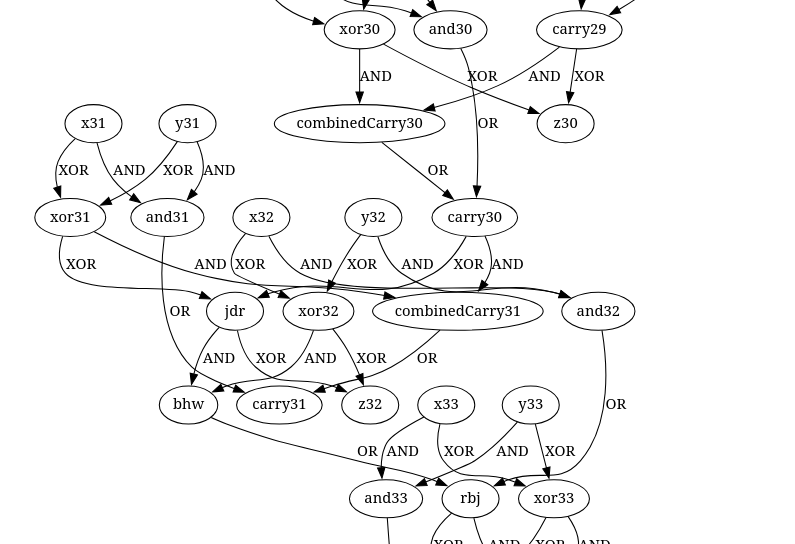this post was submitted on 24 Dec 2024
13 points (100.0% liked)
Advent Of Code
1012 readers
2 users here now
An unofficial home for the advent of code community on programming.dev!
Advent of Code is an annual Advent calendar of small programming puzzles for a variety of skill sets and skill levels that can be solved in any programming language you like.
AoC 2024
Solution Threads
| M | T | W | T | F | S | S |
|---|---|---|---|---|---|---|
| 1 | ||||||
| 2 | 3 | 4 | 5 | 6 | 7 | 8 |
| 9 | 10 | 11 | 12 | 13 | 14 | 15 |
| 16 | 17 | 18 | 19 | 20 | 21 | 22 |
| 23 | 24 | 25 |
Rules/Guidelines
- Follow the programming.dev instance rules
- Keep all content related to advent of code in some way
- If what youre posting relates to a day, put in brackets the year and then day number in front of the post title (e.g. [2024 Day 10])
- When an event is running, keep solutions in the solution megathread to avoid the community getting spammed with posts
Relevant Communities
Relevant Links
Credits
Icon base by Lorc under CC BY 3.0 with modifications to add a gradient
console.log('Hello World')
founded 2 years ago
MODERATORS
you are viewing a single comment's thread
view the rest of the comments
view the rest of the comments
Haskell
Part 1 was trivial, just apply the operations and delay certain ones until you have all the inputs you need.
Code
For part 2 I tried symbolic solving to detect discrepancies but I wouldn't achieve anything with it.
SymbolicEquation
My solution was to use the
dotEngine-function to translate the operations into a digraph in graphviz-style which I simply plotted and searched through using a python script.dotEngine
I took a loook at the initial graph which was a vertical line with a few exception which I figured would be the misordered wires. I did try some hardware-simulations in the far past to build bit-adders which helped me recognize patterns like carry calculation. First I replaced all occurences of
x__ XOR y__ -> wwithx__ XOR y__ -> xor__to recognize them more easily. The same withANDof xs and ys. Using the following script I would then use some Regex to search for the rules that corresponded to carry calculations or structures I knew. The script would break exactly four times and I would then figure out what to switch by hand through looking at the updated graphViz.Please excuse the bad coding style in the script, I had written it on the ipython-REPL.
python script
When solving such a swapped wire problem I would then use my haskell function to plot it out again and stare at it for a few minutes until I understood wich parts belonged where.
The last one looked like this

In this one I needed to switch
jdrandcarry31to make it work.